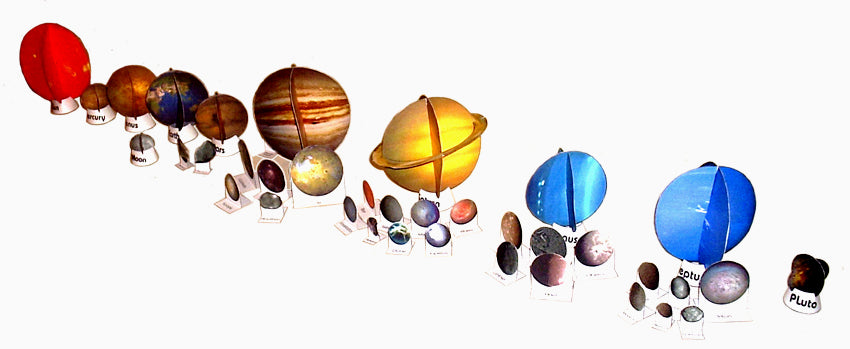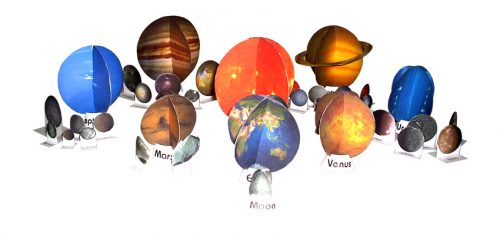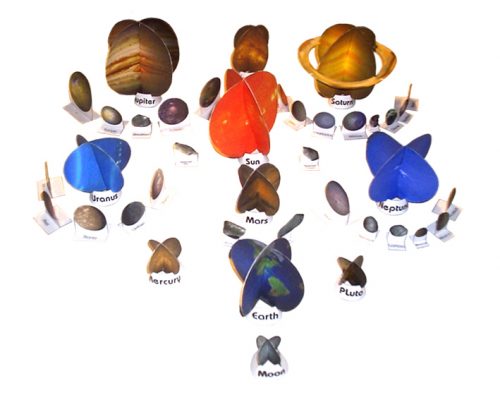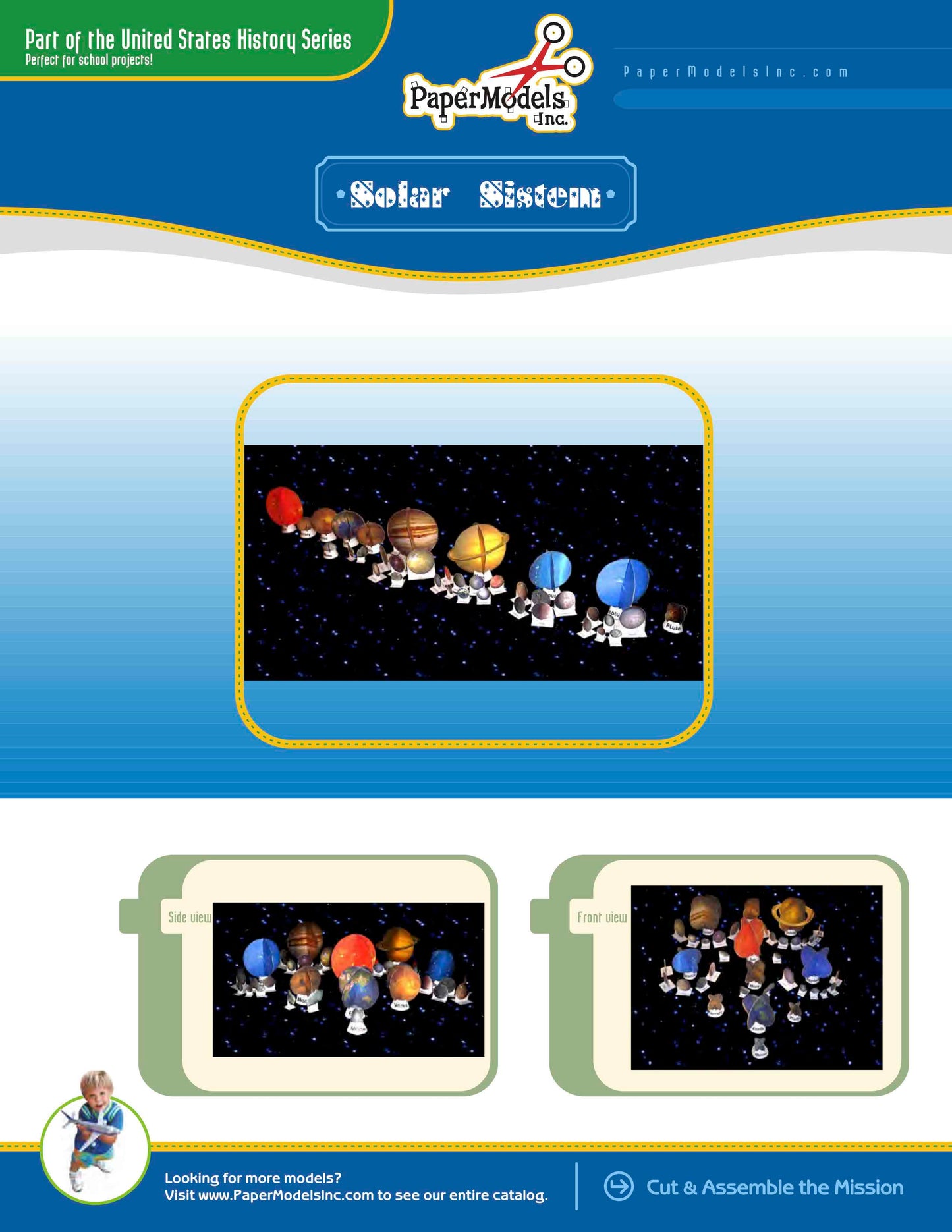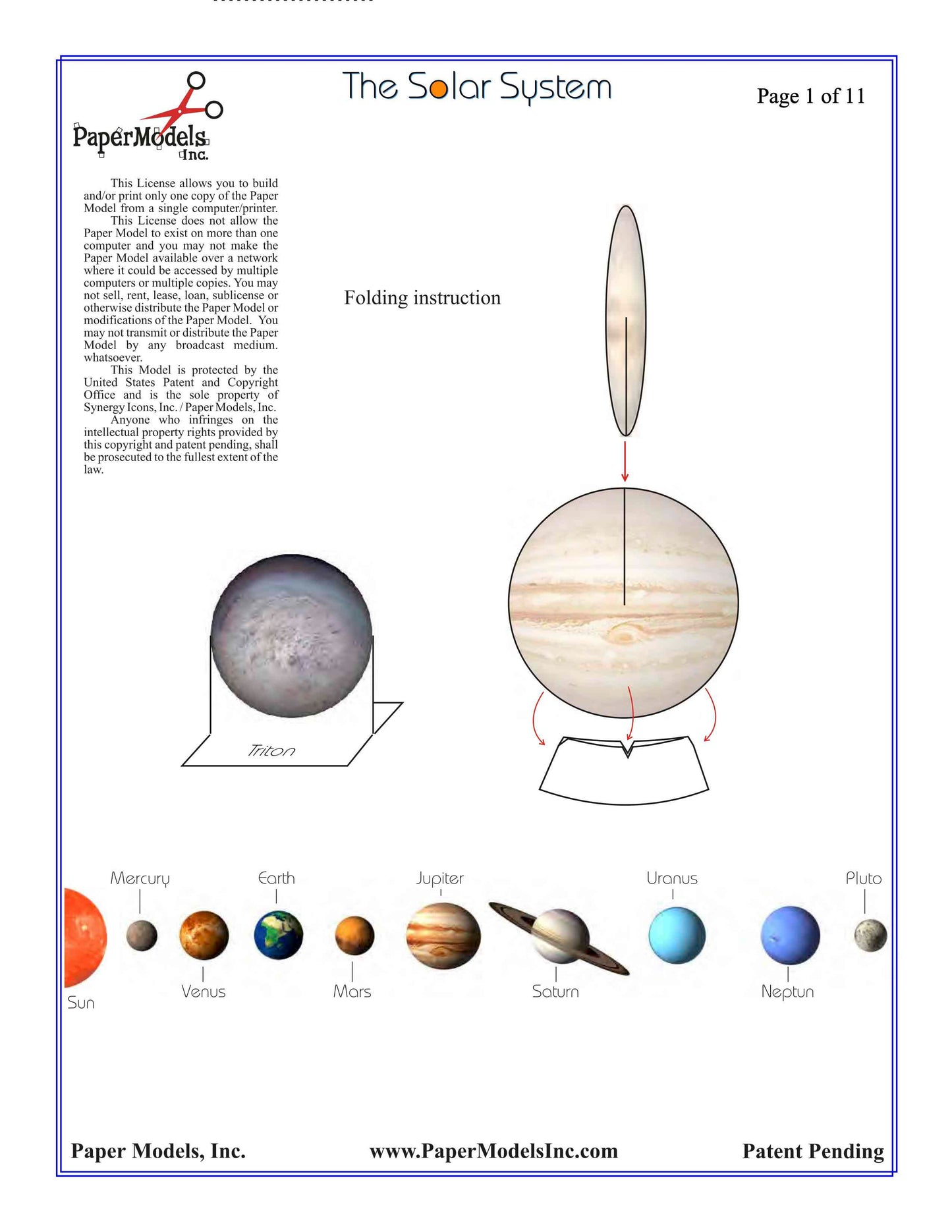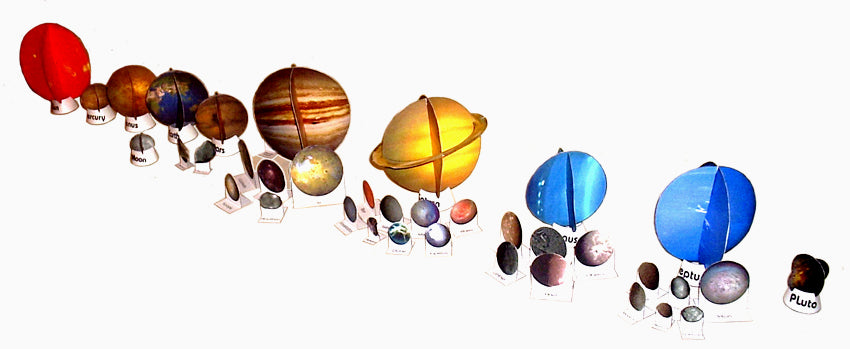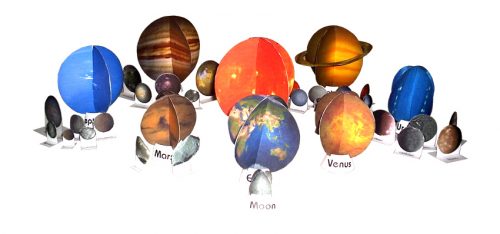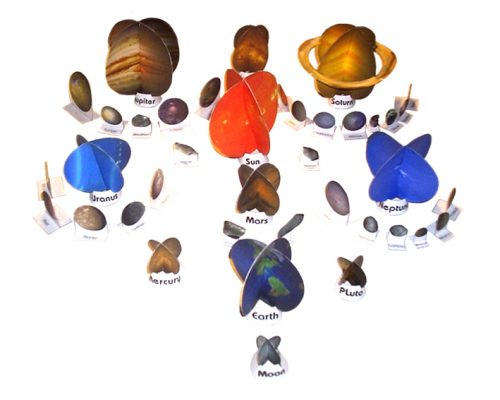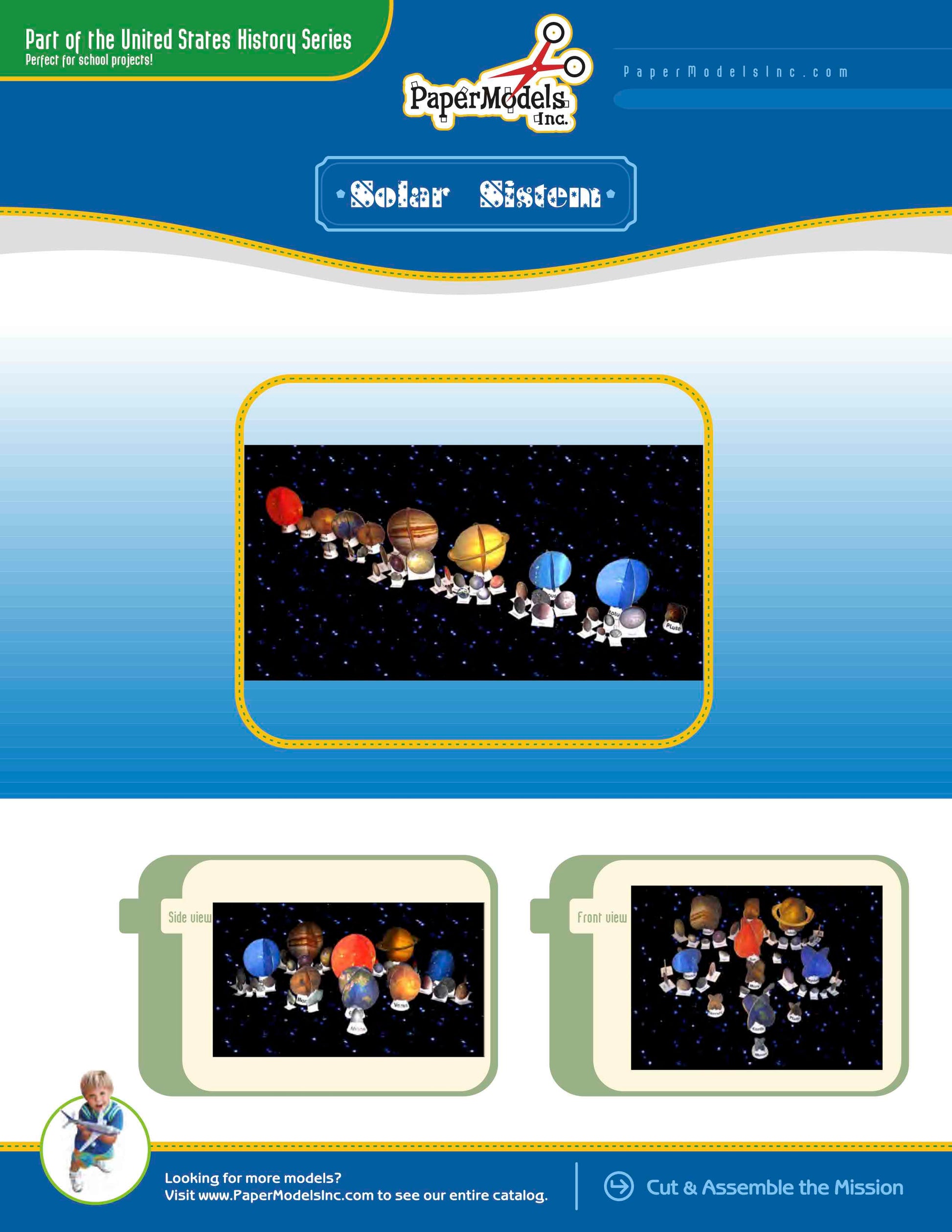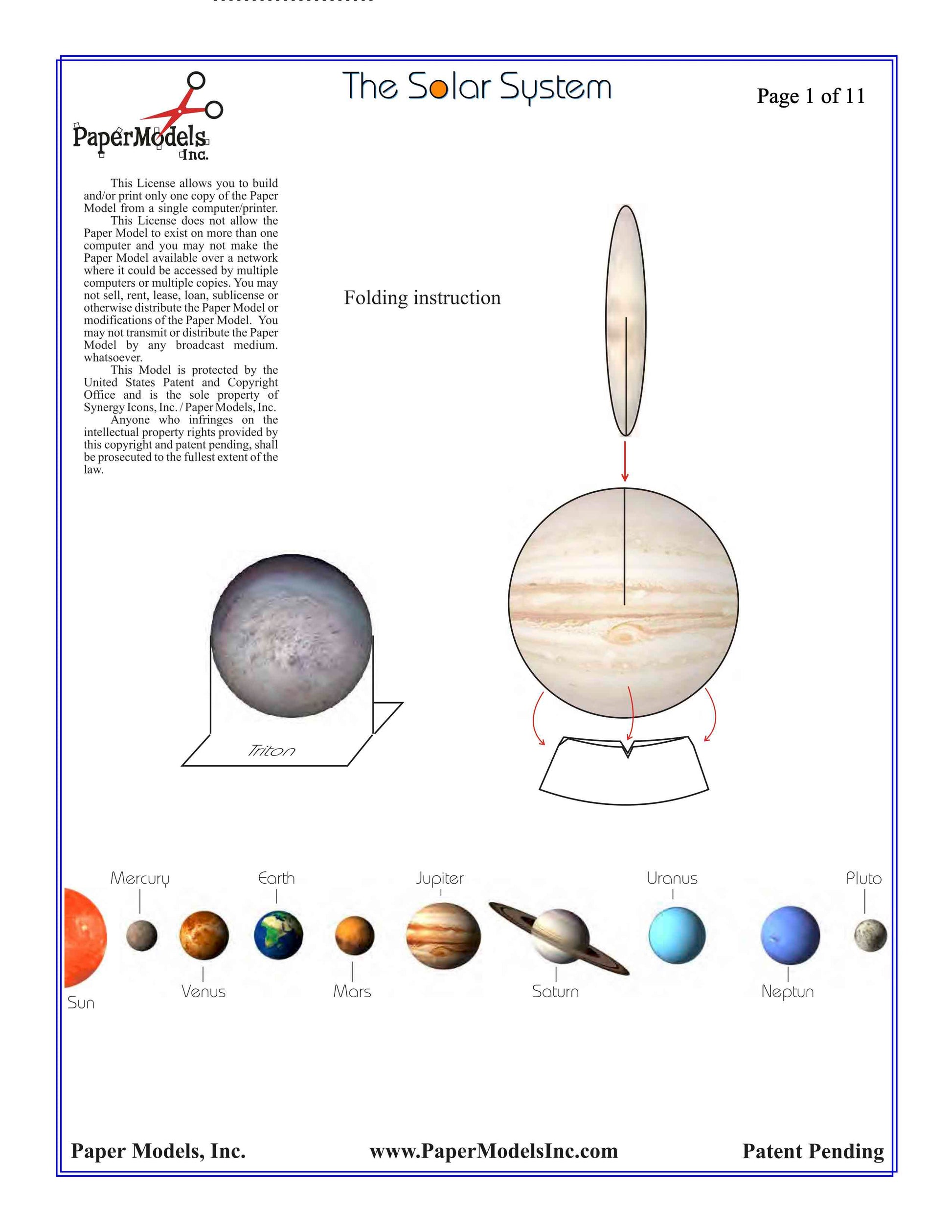Solar System (Including Pluto) - Paper Model Project kit
Solar System (Including Pluto) - Paper Model Project kit
No se pudo cargar la disponibilidad de retiro
🌟 Welcome to Paper Models Online – Your Shortcut to Academic Excellence! 🌟
Are you tired of stressing over last-minute school projects? Look no further! Paper Models Online is here to make your academic life a breeze.
🚀 Why Choose Us?
At Paper Models Online, we understand the pressure of looming deadlines and the desire for that coveted "A" grade. That's why we've crafted the perfect solution for you! Whether you're a student aiming for extra credit, a parent looking for quality time with your kids, or just someone in need of a break from the chaos, our paper models are your ticket to success!
💻 Instant PDF Download OR Pre-Printed & Shipped
You're in control! Choose from our instant PDF download, starting at just $9.95 for the 7"x10" size or $11.95 for the 10"x13" size.
Print it on your home or office printer using regular paper, or opt for the hassle-free pre-printed option. We'll ship it directly to your doorstep for a flat $5 fee via USPS First-Class Parcel, ensuring you get it in 1-3 days!
✂️ Easy Assembly, Maximum Impact
With just a pair of scissors, some glue, and an hour of your time, you can turn these paper sheets into stunning three-dimensional architectural replicas or complete science projects. The images on our website are real models made from our kits, and we even provide a history to help you craft an impressive report.
🎨 Unleash Your Creativity
Not into mission kits? No worries! Our models double as templates for your creative genius. Paint, trace, adjust sizes—your imagination is the only limit! Create a custom masterpiece that reflects your unique style and personality.
🛒 The Buying Process Made Simple
- Choose Your Size: 7"x10" or 10"x13"
- Choose Your Delivery: Instant PDF download or pre-printed and shipped
- Purchase Your Model: It's that easy!

📦 Typical Kit Sample
Each kit includes 8 to 18 pages, providing everything you need to bring the model to life. An "exploded view" guides you through assembly, and a complimentary history adds that extra touch for your report. Impress your teacher not just with creativity but also with your research skills!
Don't let deadlines stress you out. Choose Paper Models Online for your next school project, and let us be Your Best Way To Get An "A"! 🌟
 |
 |
 |
| Exploded View | Sample Pieces | Finished Model |
The Solar System History
The solar system consists of the Sun and everything that orbits, or travels around, the Sun. This includes the eight planets and their moons, dwarf planets, and countless asteroids, comets, and other small, icy objects. However, even with all these things, most of the solar system is empty space.
The solar system itself is only a small part of a huge system of stars and other objects called
the Milky Way galaxy. The solar system orbits around the center of the galaxy about once every 225 million years. The Milky Way galaxy is just one of billions of galaxies that in turn make up the universe.
The Sun
At the center of the solar system is a star called the Sun. It is the largest object in the solar system. Its diameter, or distance through its center, is 865,000 miles (1,392,000 kilometers). In addition, the Sun contains more than 99 percent of all the material in the solar system. The Sun is a very hot ball of hydrogen and helium gases. It has a temperature, at its core, of more than 28,080,000° F (15,600,000° C). It constantly changes the hydrogen in its core into helium. This process gives out huge amounts of radiation, or energy. Living things on Earth depend on this energy, in the form of light and heat.
The Solar Wind
The gases that surround the Sun shoot out a stream of tiny particles called the solar wind. It flows outward through the whole solar system. The solar wind is what causes auroras, or displays of colored light in the night sky in parts of Earth. In the Northern Hemisphere these auroras are called the northern lights.
The Planets
After the Sun, the largest objects in the solar system are the planets. In order from closest to the Sun, these planets are Mercury, Venus, Earth, Mars, Jupiter, Saturn, Uranus, and Neptune. Most of them orbit the Sun in paths shaped like circles. Most of the planets have at least one moon. However, they vary widely in size, temperature, and makeup.
Scientists used to call Pluto the ninth planet. But in 2006 scientists decided that several objects in the solar system, including Pluto, should be called dwarf planets.
Asteroids
Millions of small chunks of metal and rock called asteroids also orbit the Sun. Most asteroids are found in a ring between Mars and Jupiter. They are believed to be debris, or bits of material, left over from collisions between other bodies in the solar system. The largest asteroids are
hundreds of miles in diameter, but most are much smaller. Small asteroids regularly fall to Earth or burn up in the sky as glowing meteors.
Comets
Comets are small chunks of dirt and ice. Billions of them orbit the Sun in very long paths shaped like ovals. When they are closest to the Sun, the Sun’s radiation causes them to glow. Most comets are too small or too distant ever to be seen from Earth. Comets come from two parts of the outer solar system: the Kuiper Belt and the Oort Cloud.
Outer Regions
Beyond Neptune lies the Kuiper Belt, a flat ring of millions of small, icy objects. These objects orbit the Sun at a very great distance. They are mostly 30 to 50 times farther from the Sun than Earth is.
At the outer reaches of the solar system is the Oort Cloud. It is a huge cloud of countless small, icy objects. The Oort Cloud surrounds the rest of the solar system.
How the Solar System Was Formed
The solar system was formed about 4.7 billion years ago. It probably started as a loose cloud of gas and dust. Scientists think that a force called gravity pulled parts of the cloud together into clumps. The largest clump was squeezed together so tightly that it got very hot. This clump eventually became the Sun. Over millions of years the other clumps became the planets. The Sun’s strong gravity eventually pulled the planets into their orbits. Over time some of the leftover clumps became asteroids, comets, and other small, icy objects.
Exploring the Solar System
In 1957, the Soviet satellite Sputnik 1 became the first human-made object to orbit Earth. Since then, scientists have sent many spacecraft to explore various parts of the solar system. Spacecraft have carried astronauts into orbit around Earth, to the moon, and to human-made space stations. Other spacecraft, called probes, have carried cameras and scientific equipment but no astronauts. Space probes have landed on the planets Mars and Venus, on asteroids, and on Titan, which is one of Saturn’s moons. In addition, space probes have flown past all the planets in the solar system. They have taken many photographs and collected much valuable information.
Other Planetary Systems
The solar system is also known as a planetary system. Since the 1990s scientists have found many planetary systems beyond our solar system. In these systems, one or more planets orbit a star—just as the eight planets in our solar system orbit the Sun. These planets are called extrasolar planets. Finding other planetary systems is not easy, however, because extrasolar planets appear much dimmer than the stars they orbit. As space probes travel farther away from Earth, they are likely to discover more extrasolar planets.
© Copyright – Paper Models, Inc. – All Rights Reserved
Share
